04-22-2020, 02:25 PM
As promised, and zipping right along, here's how I added the stretchers to the legs. I will make this post a bit longer since I'd like to get into the techniques that were used, just in case some readers are not familiar. Hope it will be helpful!
The plan is to use four stretchers. I want this bench to be rock solid with no excuses for any kind of movement. The stretchers will be dovetailed, glued and bolted.
Here we go:
I'm starting with the long stretcher by laying out a dovetail at one end:
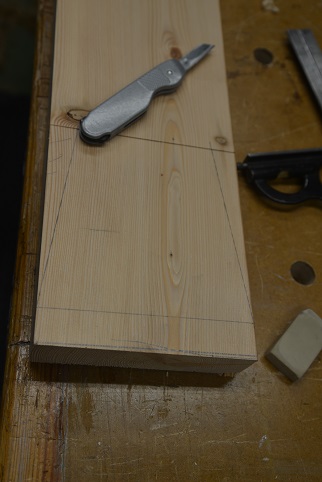

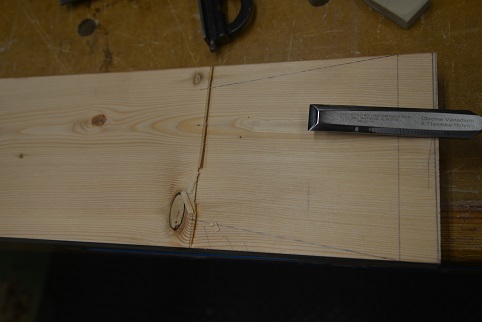

As you can see, after using a pencil to mark the dovetail, I use a knife and then a chisel to create what Paul Sellers calls a knife wall. This marks the locations where the cuts will be made with a saw and allows the saw to kind of fall into the cut that needs to be made. This pretty much guarantees a straight cut:




Because this will be a half-lap dovetail, I need to remove quite a bit of material. To do that I crosscut the area that will be removed. This makes it easy to remove large chunks of material without being too careful. I use a chisel first, followed by a router plane, to get it to the exact depth.
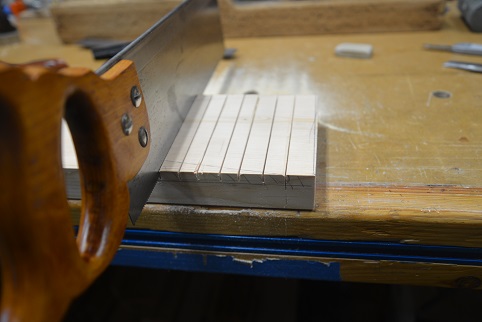

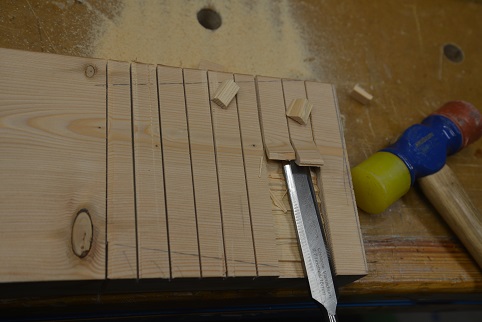





I leave the right shoulder at this point, to help and support the router.
The router produces a nice smooth surface once it's done.
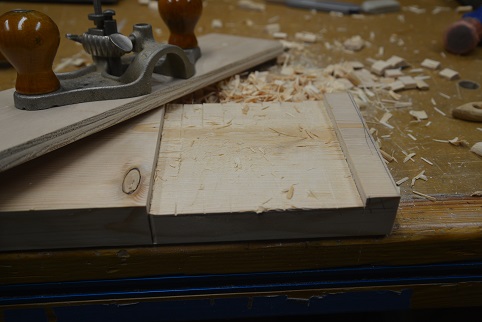

And now since I don't need that shoulder, I cut it off. The exact length of the dovetail does not matter too much at this point, as long as it's a little long. It will be trimmed later.


To be continued shortly!
The plan is to use four stretchers. I want this bench to be rock solid with no excuses for any kind of movement. The stretchers will be dovetailed, glued and bolted.
Here we go:
I'm starting with the long stretcher by laying out a dovetail at one end:


As you can see, after using a pencil to mark the dovetail, I use a knife and then a chisel to create what Paul Sellers calls a knife wall. This marks the locations where the cuts will be made with a saw and allows the saw to kind of fall into the cut that needs to be made. This pretty much guarantees a straight cut:


Because this will be a half-lap dovetail, I need to remove quite a bit of material. To do that I crosscut the area that will be removed. This makes it easy to remove large chunks of material without being too careful. I use a chisel first, followed by a router plane, to get it to the exact depth.




I leave the right shoulder at this point, to help and support the router.
The router produces a nice smooth surface once it's done.

And now since I don't need that shoulder, I cut it off. The exact length of the dovetail does not matter too much at this point, as long as it's a little long. It will be trimmed later.

To be continued shortly!







